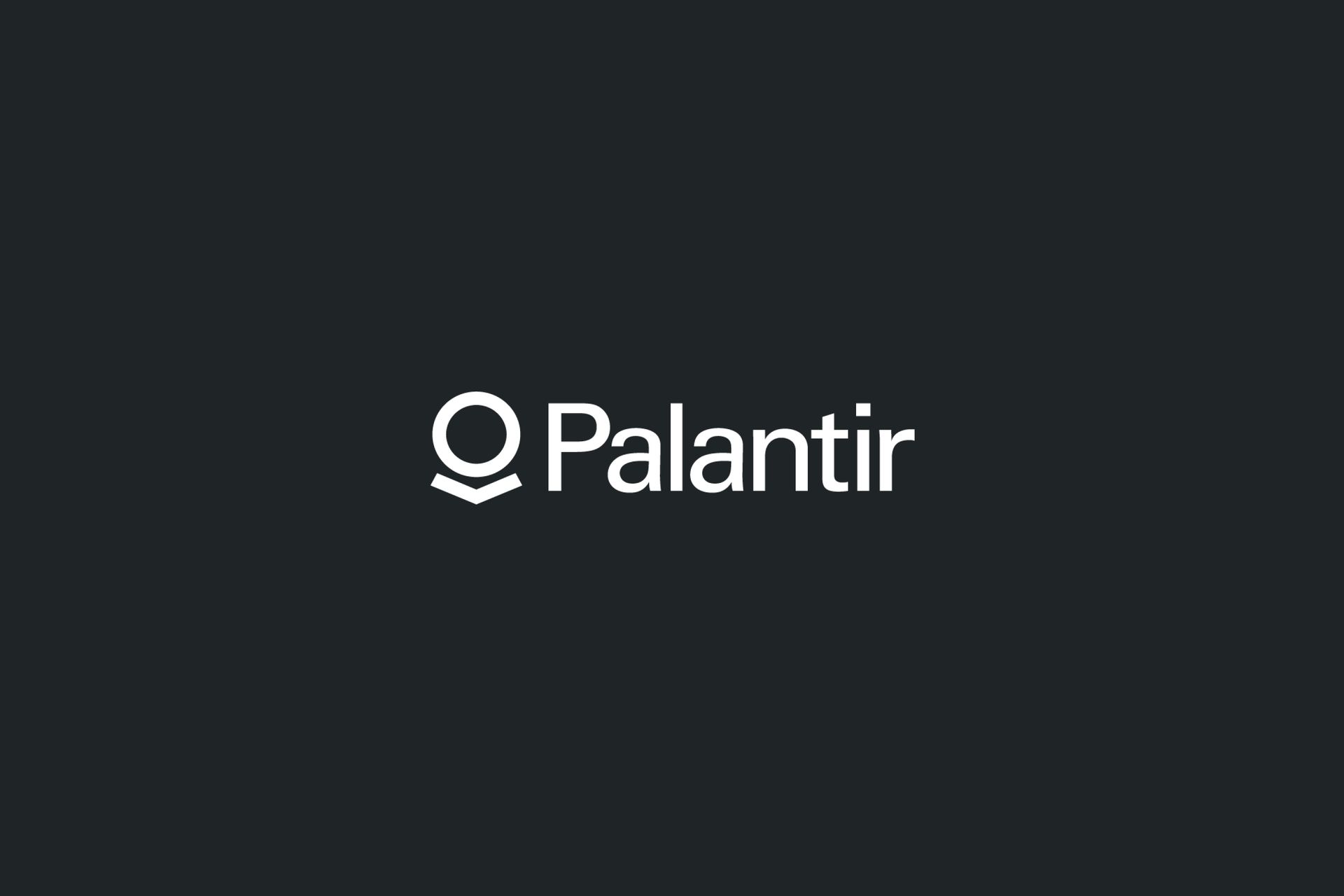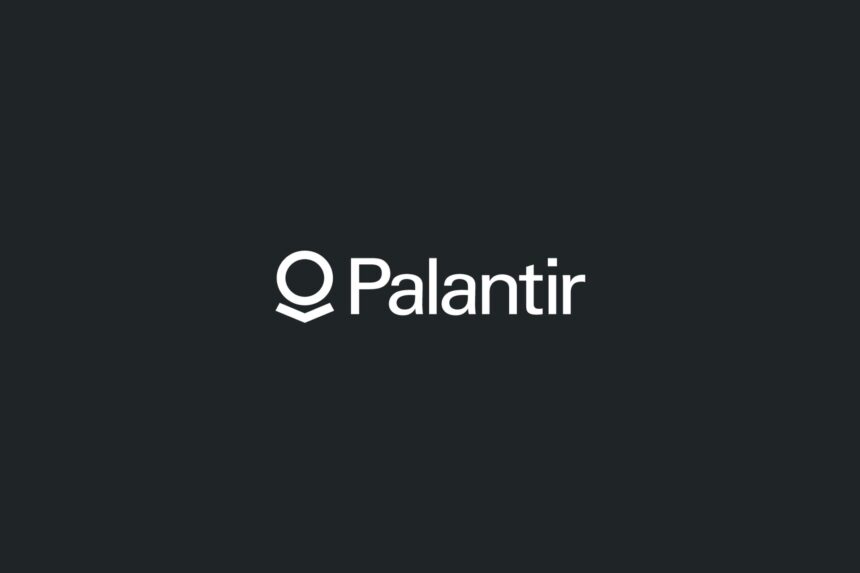
Loop Capital has initiated coverage of Palantir Technologies with a buy rating and a price target of $141, indicating a potential upside of 25.8%. This comes as the company is recognized as a leader in the burgeoning artificial intelligence (AI) software market, despite the current high valuation of its stock.
Palantir could be the next Adobe
Analyst Mark Schappel acknowledged that Palantir, often regarded for its contracts with defense agencies, possesses the attributes of becoming a transformational software stock comparable to Adobe in digital marketing and Salesforce in cloud services. He described Palantir as being well-positioned to leverage themes related to AI and generative AI, suggesting significant market opportunities could lead to several multi-billion dollar revenue companies.
Palantir’s shares recently experienced a decline of about 10% following news that CEO Alex Karp has a new stock trading plan, which allows for the sale of nearly 10 million shares in the coming months, and due to reports that the Pentagon is preparing a list of potential cuts to the U.S. defense budget. Despite these setbacks, Schappel urged investors to view pullbacks as buying opportunities, emphasizing that it is difficult to quantify the opportunity presented by Palantir.
Palantir at $116: If last year’s run wasn’t a fluke, is $200 next?
Palantir’s Ontology platform is described as a key asset, as it allows users to interact with data in their own terminology, facilitating AI-driven decision-making. Schappel indicated that there is substantial room for Palantir to grow in its enterprise AI business before reaching any ceiling.
Palantir has seen its shares soar more than 48% already in 2025, positioning the software firm as a favorite among retail investors. However, the wider analyst community remains cautious, with 13 of 22 analysts rating Palantir as a hold and only four as a buy or strong buy.
Palantir has made notable gains since the beginning of the AI revolution, with its shares rising approximately 550% since January 2023. By the end of 2025, the stock is reported to have gained 49% as of the most recent closing prices.
Aswath Damodaran, a finance professor at New York University, recently expressed skepticism regarding Palantir’s valuation during a podcast interview. He stated that he refrains from valuing Palantir because he does not have a clear understanding of the company’s operations, possibly due to the proprietary nature of its work.
Despite this, Palantir is forming partnerships with major AI players, including Amazon, Meta Platforms, Microsoft, and Oracle, enabling it to unlock growth in its previously stagnant federal sector business.
In the latest quarter, Palantir’s revenue surged 36% year-over-year to $828 million, significantly outpacing the management’s forecast of $767 million. The company is projected to achieve 32% revenue growth for FY 2025, building on a previous growth estimate of 29% for 2024. However, the company relies heavily on government contracts, which constituted 55% of its revenue in 2024, presenting potential risks due to the unpredictability of such agreements.
While government sales have driven Palantir’s revenue, there is an increasing push towards expanding into the commercial sector, where the company’s Foundry platform can serve a wide array of industries, including manufacturing and healthcare. U.S. commercial sales grew by 64% in the most recent quarter compared to a 45% increase in government sales.
Palantir has improved its net margins to nearly 35% in 2024, up from 26% in 2023, by managing marketing expenses while maintaining customer loyalty. However, the firm faces challenges in scaling its large, complex contracts, particularly among small and medium-sized enterprises. Furthermore, growing competition from established tech companies might pressure its profitability.
If revenue growth slows and margins decrease, Palantir’s valuation could be significantly affected. Analysts predict that if net income growth declines to around 9% by 2027 due to reduced earnings growth, there could be a contraction in the price-to-earnings (P/E) ratio. This scenario could lead to a decline of about 50% in Palantir’s stock price, dropping it to around $62 per share.
Historically, Palantir’s valuation multiples have shown volatility, as evidenced by its swift drop from $29 per share in September 2021 to under $9 per share by May 2022 due to shrinking revenue multiples.
Featured image credit: Palantir






